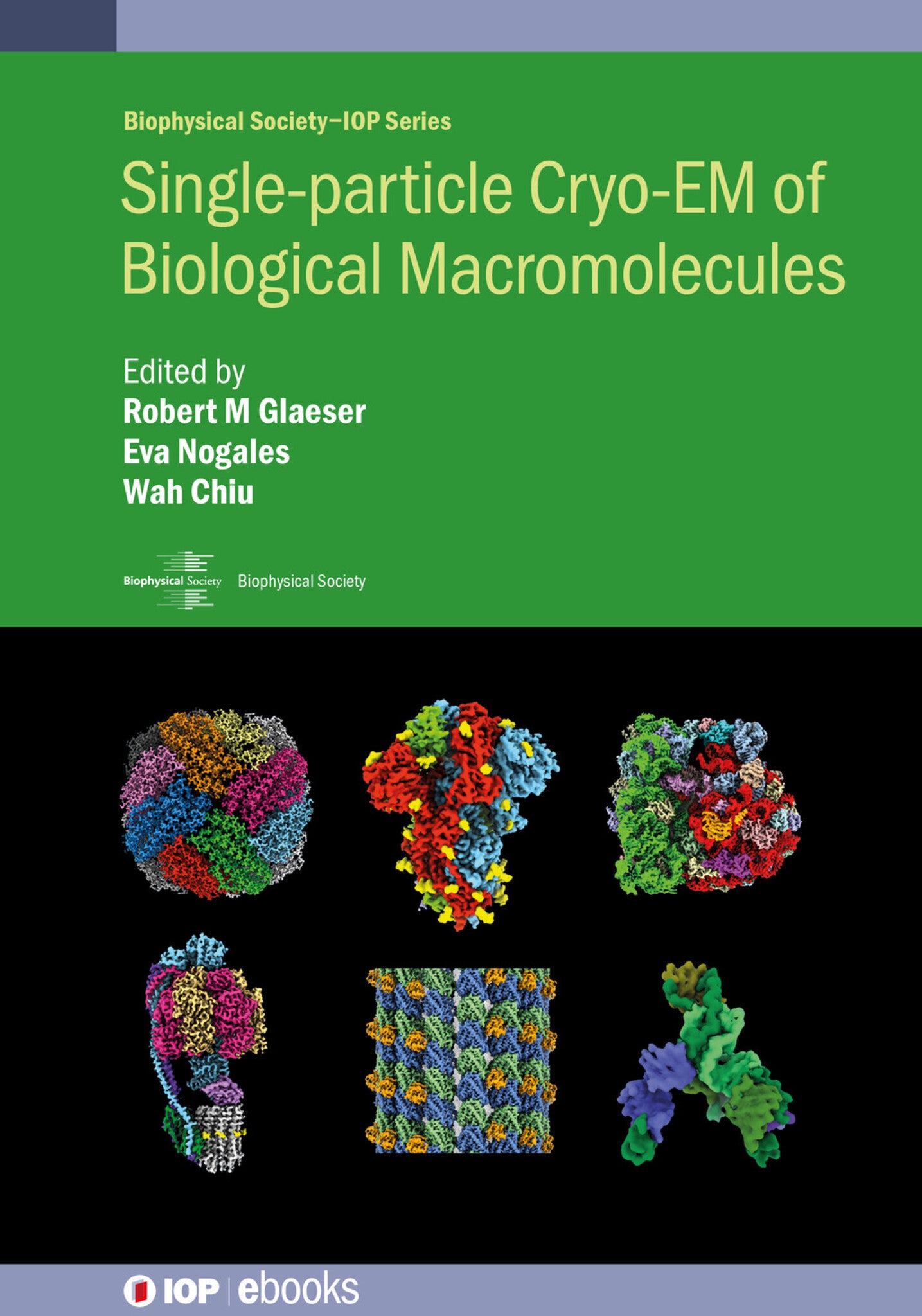We're sorry. An error has occurred
Please cancel or retry.
Single-particle Cryo-EM of Biological Macromolecules

Some error occured while loading the Quick View. Please close the Quick View and try reloading the page.
Couldn't load pickup availability
- Format:
-
19 May 2021

This edited book is written for students, postdocs and established investigators who want to enter the field of single-particle cryo-EM. This is a recently developed method to determine high-resolution structures of biological macromolecules. A major strength is the fact that cryo-EM does not require prior crystallization of protein complexes. Furthermore, it is especially well suited for larger complexes and molecular machines, although it can also be used for macromolecules as small as 40 kDa or less. It also is especially well-suited to deliver high-resolution structural information about multiple conformational states.Key Features
- Written for students, postdocs and established investigators who want to enter the field of single-particle cryo-EM.
- Provides a comprehensive, accessible and authoritative introduction to the field of high-resolution structure analysis by single-article cryo-EM.
- Covers all necessary background, ranging from the underlying concepts to practical aspects such as specimen preparation, data-collection, data analysis, and the final validation of results.

SCIENCE / Life Sciences / Biophysics, Biophysics, SCIENCE / Life Sciences / Biology, Biology, life sciences

This is the book many people have been asking for - a comprehensive account of the theory and practice of single cryo-electron microscopy (cryo-EM), the imaging method used to determine the three-dimensional (3D) structures of biological macromolecules and their assemblies. Cryo-EM has been through an explosive period of development to become a prominent approach in structural biology. Its dramatic advances have attracted crystallographers, biochemists and molecular biologists who were previously sceptical or unaware of the power of the method, to apply it to their problems. There is a great demand for a comprehensive documentation of the theory and practice in a single reference text, rather than a profusion of methods articles and brief reviews.
Helen Saibil, Crystallography News, September 2022
4.4 - This work was supported by NIGMS grants R01-GM63072, P01-GM063210, and R35-GM127018 to Eva Nogales.
4.6 - Molecular graphics and analyses were performed with the USCF Chimera package (supported by NIH P41 GM103311). This work was supported by NIH grants R01 AI136680, R01 AI146017, U54 AI150472, NSF Award #1933864, and the Margaret T. Morris Foundation.
5.4 - This work was supported by the Intramural Research Program of the National Institute for Arthritis, Musculoskeletal and Skin Diseases, NIH.
6.3 - This work was supported by a grant from the National Institutes of Health (P01GM063210).
6.4 - The research is supported by NIH grants (R01GM079429, P41GM103832 and U24GM129541).
6.5 - This work was supported by the NIH (grant GM063210 to PDA, JSR, and TCT) and the Phenix Industrial Consortium. This work was supported in part by the US Department of Energy under Contract No. DEAC02-05CH11231.
6.6 - EMDataResource is supported by NIH grant R01GM079429.



